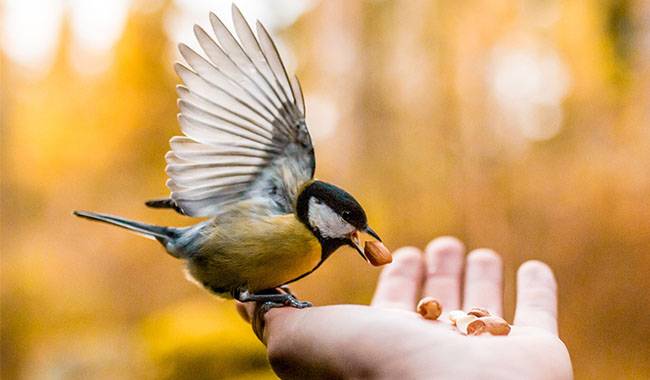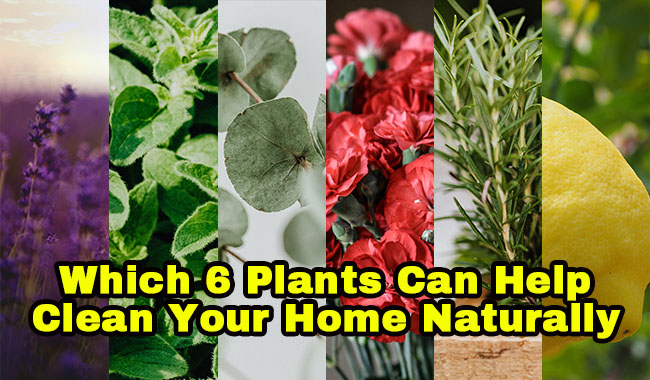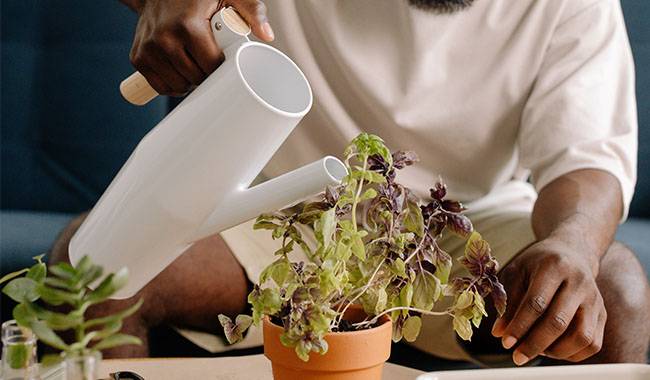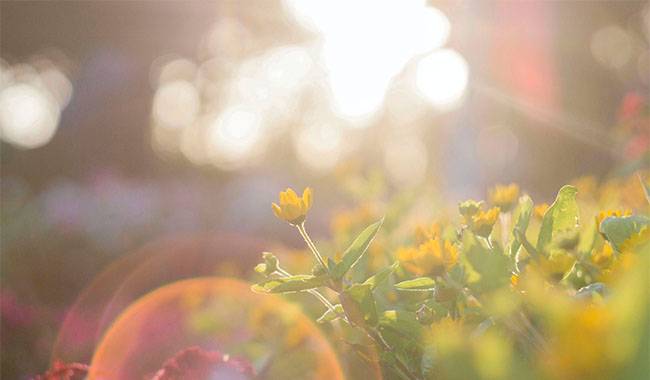
We are all waiting for summer, for heat, for warmth, for clear sunny days. Our vegetables, our trees and shrubs, and our flowering plants are also waiting for summer. Sadly, more and more summers do not boast an abundance of warmth but shower us with rain and frighteningly cold nights.
So, what happens to your plants during these seasons, what happens to them, and what you can do about it before it’s too late, we’ll talk about that today.
THE VEGETABLE GARDEN
First, let’s walk through the vegetable garden and talk to the most common plants. What they will tell us and what they remember about the weather of the current season.
Peppers
As we know, peppers are southerners. They like to be warm and prosperous, but not too much moisture. Peppers grow best at temperatures of 75-80°F (24-28°C) above zero, but at 68°F (20°C) and below, they don’t seem to want to grow, as if they are frozen in place and not developing at all.
However, not only does temperature play an important role in peppers, but humidity also makes adjustments, because if there is too much moisture, rotting roots begin, and this lightning adversely affects growth and flowering as well as fruit formation. Against the background of all this, various fungal diseases begin to break out and pests appear especially slugs.
What to do? Hide the peppers in a greenhouse, of course, and always have a fungicide on hand, because fungal diseases activate in particularly wet years and are difficult to cure with folk remedies. Peppers need to be hidden as soon as possible in the most primitive greenhouses, made in an arc of hardwire and covered overnight with spun-bond or crop-covered nonwoven-breathing material.
Don’t forget that at 41°F (5°C), peppers absolutely stop growing and even die, so if you expect a sharp drop in temperature, you must use polyethylene film rather than crop-covering nonwovens. Also, plastic bottles with warm water or pebbles heated in an oven or over a fire can be placed in such a simple greenhouse.
To reduce water in the soil, loosen the soil as much as possible and watering should be reduced to a minimum or stopped completely. Fertilizer should be applied without compromise.
To prevent diseases, you can pollinate the plants with wood ashes every 3-4 days.
Cucumber
Cucumbers also like heat, and although excessive moisture is even good for them, if it rains every day and it is cold, the plants may suffer from powdery mildew, but those who are afraid of spider mites can sleep well, and it will probably not appear in such weather. The best way to deal with powdery mildew is to use a fungicide; keep in mind that folk remedies are unlikely to help in this kind of weather. Don’t forget to loosen the soil often and keep slugs away; they can have a big impact on cucumbers in wet weather.
Incidentally, cucumbers can also be placed under a mulch like the one made for peppers.
Tomatoes
They are not afraid of low temperatures, but too much moisture scares them. In addition, in such weather, the plant epidemic activates and often has such power that you can not even try to use anything “folk”, it does not help. A greenhouse above the tomatoes is also a way out, and, of course, frequent loosening of the soil so that the water evaporates more aggressively in hot weather and prevents root rot.
If there is not yet phylloxera, it is necessary to use this time to hammer the immunity of tomatoes. For this purpose, it is advisable to treat them with an iodine mixture. To prepare, pour 0.26 Gal (1 liter) of yogurt, whey, or skim milk into a 2.6 Gal (10 liters) bucket of water, add 12-15 drops of iodine, and then treat well on the leaves of the plants.
From July, when the risk of phytophthora is higher than before, it is necessary to treat the plants with a 1% Bordeaux mixture. When treating it, it is best to use a sprayer, which distributes the saving solution more evenly than a watering can.
In greenhouses (this applies to all vegetable crops so grown), it is necessary to try to eliminate condensation and to warm the greenhouse by placing heated pebbles or water bottles in it. Try to fertilize moderately, otherwise, the plants will start to get greasy. Try to pick the fruit early; if this is difficult with peppers, cucumbers and tomatoes can be picked at the small cucumber and creamy white ripening stages, respectively.
Zucchini, squash, and other melons
The leaves of cucurbits, such as squash and zucchini. Can be soiled by rain, which impairs the development of the plant.
Cabbage
In weather like this, moths don’t fly, but slugs can damage cabbage during the five working days you’re not home. To provide some protection, you can use a wood ash duster and sprinkle the mustard powder on the soil around the cabbage.
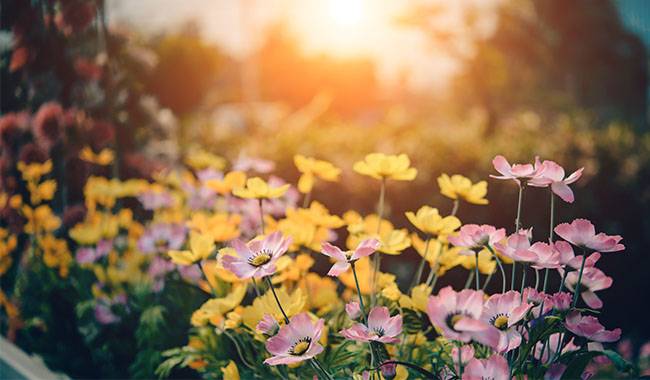
GARDEN AND BERRIES
Here, aphids dominate and it affects almost all berry crops in varying degrees, for example, currants and lingonberries more intensely, apple and pear trees less intensely, and Elizabeth trees weaker, they may settle in bird cherry or cherry trees.
Aphids are more abundant in wet years because a large amount of moisture delays the growth of the plant and the top leaves of the current year’s shoots will remain longer, which is exactly what aphids need. Insecticides are best used against aphids, but if you don’t like using chemicals in your garden, you can try treating aphids with cayenne pepper (per 0.26 Gal/teaspoon) or garlic (per 0.26 Gal/few cloves). However, in years like this, when it rains almost every day, folk remedies usually do not help. In addition, the first thing to do for effective aphid control is to remove the anthills, which are very abundant in wet and cold years.
Medvedka is also more active during this period. There are many folk remedies, but they are only partially effective, so it is better to use reliable granular medications.
Fruit rot, in wet weather it can affect everything from strawberries to apple trees and pears. Fruits and berries can be affected, but usually, the first to spoil are those that have been hanging on the shoots for a long time, so why wait?
Harvesting should be more frequent, if in a normal season, in order to collect, for example, gooseberries or yarrow, you only need to visit a few times this season you will have to do them twice, but this way you can save the berries from rot or powdery mildew, which fully affects the gooseberries and currants.
Plants need to be protected and you can’t use chemicals anymore – the harvest is about to begin. To get rid of powdery mildew, you can try treating plants with a solution of soap and soda, which is good for vegetables, fruits, berries, and ornamental crops.
To prepare it, you need to take 20-30 grams of soda ash, 10-15 grams of liquid soap, and put it all in a bucket of water heated to 95°F (35°C), then stir it well and refuel the sprayer to go against powdery mildew. When treating, it is best to moisten not only the affected area, but also the still healthy areas, and the soil should be sprinkled with water.
In addition to the disease, pests become active – slugs simply attack, and various caterpillars tend to destroy entire crops; all of which must be monitored. Slugs don’t need any chemicals. You simply place a few slabs of rock or cardboard on the plot, and the slugs will crawl under them at night, sleep during the day, and in the morning you will find them and chase them out of the plot. This method of control is relevant to slugs in gardens and vegetable gardens and is also applicable to slugs in flower beds.
In such seasons, do not forget prevention, for example, there are great tool fungicides, which are good biological agents in the form of pastes with beneficial microorganisms on a biological basis that can be used to treat various fungal and bacterial diseases of plants, including phytophthora, root rot, scab, powdery mildew, rust, etc.
In the garden, as in the garden, loosen the soil as much as possible and cut off all shoots on it that show signs of infection, especially in bushes. Try treating such plants with copper-based preparations.
Don’t forget to remove weeds from the site, in such seasons grass grows as much as possible, it prevents the evaporation of excess water, even on rare warm days, it threatens the appearance of infections that can affect the base of the trunk. For example, in drupe crops (apricot, peach, plum, cherry, cherry), the root neck can be affected and the whole plant can die if it starts to germinate.
In case of heavy rains, the rows and bush areas of shrubs can be covered with dry sawdust. After heavy rains, they can be removed by spreading them out on a flat surface to dry. What are the benefits of sawdust?
They do not allow the soil to be washed away, inhibit weed growth, and accumulate moisture. For example, if you have a valuable gooseberry and it is raining incessantly and the roots are already in danger of rotting, you can do as described above: spread the sawdust before the rain and remove it afterward.
If possible, try to thin the crown of the bush, perhaps with shoots that thicken it, which can be removed, because if it is wet and cold and the crown thickens, then any fungal infections can occur and their list is huge.
FLOWER BEDS
In rainy and cold summers, flowers also suffer, fungal infections, aphids, slugs eat them and the roots start to rot from excess water. It’s actually simpler: the flowers are not actually picked, so they can be protected by fungicide and insecticide treatments, but you must follow the instructions on the package exactly.
Potted flowers and pots belong to a special risk group, the soil in the container will soon be overwatered and the roots will start to rot if the rainy days are not replaced by hot days. There are two ways to do this if the pot is very large, you can cover its surface with plastic wrap to keep more water out of the soil, but you must remove it after the rain and loosen the soil often, or in the case of small pots, it is best to bring them under the shed when it rains and then takes them out again.
GENERAL
All flower and fruit crops, as well as vegetables and berries, can be sprayed in such harsh years, applying foliar sprays that increase immunity and treating with preparations that increase immunity, they are safe and effective.
More related information about Planting




